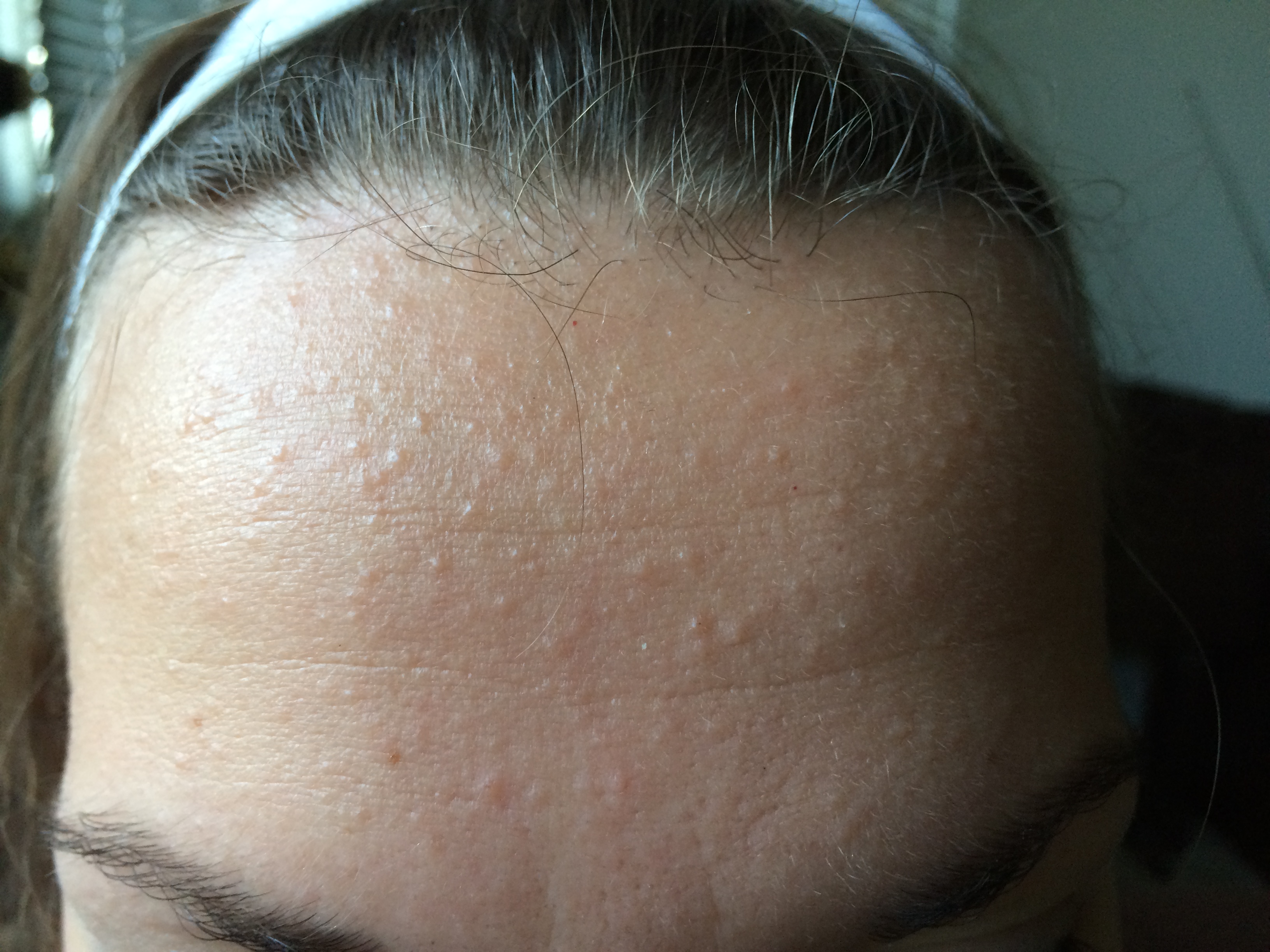Bumps on the scalp: Causes, symptoms, and treatments
Table Of Content

While acne is common on your face, chest and back, pimples on your scalp aren’t as common. Acne affects nearly 80% of people between the ages of 11 and 30. Scalp acne isn’t limited to a certain age group and are more common among adults. Without treatment, the bumps can join together to cause a large, raised scar that can be painful.
How can I get rid of scalp folliculitis at home?
Left untreated, severe infections can cause permanent hair loss and scarring. Gram-negative folliculitis occurs most often when a person uses oral antibiotics, particularly tetracyclines. It could also develop after long-term use of topical antibiotics, where antibiotic-resistant bacteria grow on different parts of the body, including the scalp. Scalp acne may sometimes be a sign of more serious conditions. If a person finds their scalp acne is not responding to treatment, they may wish to consult with a doctor to seek other treatments or diagnoses.
What shouldn't you do if you get a scalp breakout?
The rash forms as part of an allergic response, and it can affect any part of the body, including the scalp. If a cyst becomes infected, a healthcare professional may prescribe antibiotics. Also, they may recommend the surgical removal of a cyst. Scalp psoriasis is a condition that causes inflamed, sometimes thickened patches of skin covered with silvery-white scales. Itchiness is the most common symptom of head lice, but bumps on the scalp can also indicate their presence.
Scalp psoriasis
How to Get Rid of Scalp Acne, According to Dermatologists - Real Simple
How to Get Rid of Scalp Acne, According to Dermatologists.
Posted: Fri, 05 Jan 2024 08:00:00 GMT [source]
Head lice are small, grey or brown insects that live on the scalp. White or red painless ulcers on or around the penis can develop as a symptom of syphilis. Genital herpes is usually treated using antiviral drugs. There are three STDs, which we give details of here, with symptoms that could be mistaken for pimples.
What are the symptoms of scalp folliculitis?
A person should consider seeing a doctor if they think they have pimples on their scalp. A person may also consider seeking medical advice if they notice any signs of infection in any of their scalp pimples, such as pain, inflammation, or pus. Sometimes, scalp acne can resemble small pimples or zits on the scalp.
They may spread from one place on the body to another simply through touch. By Angela PalmerAngela Palmer is a licensed esthetician specializing in acne treatment. Food and Drug Administration (FDA) specifically for the treatment of acne include Ortho Tri-Cyclen and Beyaz.
Diagnosing pilar cysts

Folliculitis initially causes small, red bumps that look similar to an acne breakout. Over time, it may spread to other follicles and the bumps may get larger and more inflamed. The condition isn’t contagious, and you can usually treat it at home. But in some cases, the infection can spread to other follicles and cause scarring or permanent hair loss.
Scalp folliculitis has many causes, including viruses and bacteria. Treatment aims to manage the underlying condition and care for the skin while it heals. If the underlying cause of scalp folliculitis is pityrosporum, then an oral antifungal is the best treatment. However, the topical cream does not penetrate deep into the hair follicles and may not completely clear the infection. A healthcare provider should examine any form of scalp folliculitis to determine the underlying cause.
It's normal for someone to be concerned about their appearance if there are changes to the skin on their scalp or if there is hair loss. A head cover like a hat, scarf, or wig can cover the scalp while the hair grows back. Treatment for viral causes of folliculitis will vary based on the virus type. People with a herpes infection will be treated with antivirals like acyclovir, valacyclovir, or famciclovir. Those with molluscum infections can be treated with cryotherapy. However, contact a healthcare professional about any unusual growths or symptoms of ringworm or atopic dermatitis.
This can cause the skin to become irritated and even infected. If your scalp bump is due to an infection and is causing a collection of pus (an abscess), it might go away, but usually, this requires drainage by a physician. See a physician for any bump that persists or grows over time. The pain you’re feeling depends on the cause of the scalp bump. Scalp bumps due to an infection may cause pain as the body responds to alert you of illness. Some scalp bumps are treated with home remedies and others require a physician's care, especially if you notice any of the following.
Common diagnoses include androgenetic alopecia, alopecia areata, telogen effluvium, and lymphocytic scarring alopecia, Agbai tells USA TODAY. Understanding the underlying cause of your hair loss is absolutely necessary in determining the best approach to halt and reverse any further damage to your hair and scalp. You can get treatment for and eliminate the scalp conditions that occur due to infections. For other conditions, your healthcare provider or a specialist may need to order other tests.
These spots can develop on the back of the head and may feel itchy and sore. Luckily, the treatments for these types of scalp blemishes are simple. We talked to Greenfield and Neal Schultz, MD, about how to treat the breakouts and prevent future pimples and spots from forming.
You probably won't extract any debris from the pore. This video has been medically reviewed by Casey Gallagher, MD. You can usually take care of mild cases of folliculitis at home. The most important thing is to stop doing anything that may have caused it in the first place. By Patty Weasler, RN, BSNWeasler is a Wisconsin-based registered nurse with over a decade of experience in pediatric critical care.
Comments
Post a Comment